Staying active doesn’t require expensive gym memberships or high-impact workouts. Combining bodyweight training with swimming and increasing your daily step count is a powerful trio for building endurance, strength, and overall health. In this guide, we’ll explore 15 practical, science-backed strategies to help you move more, train smarter, and stay consistent—no equipment needed.
Walking is one of the most accessible forms of physical activity. Research consistently shows that increasing daily steps—especially aiming for 7,000 to 10,000—can reduce the risk of chronic diseases, improve cardiovascular health, and support mental well-being. But simply walking isn’t always enough. Integrating bodyweight exercises and swimming can amplify your results by building muscle, boosting metabolism, and enhancing joint mobility.
Begin your day with a 10–15 minute walk while performing bodyweight movements every few minutes. After each minute of walking, do 10 air squats or 15 arm circles. This primes your muscles and increases step count early.

During bodyweight workouts, replace rest periods with a 1-minute brisk walk. For example, after a set of push-ups or lunges, walk around your yard or living room. This keeps your heart rate elevated and adds meaningful steps.
Design a circuit where each exercise is performed in a different room or location. Walk 20–30 steps between stations—like moving from push-ups in the living room to squats in the kitchen. This adds up quickly over multiple rounds.
After meals, walk for 10 minutes. Every 2 minutes, stop and perform 10 bodyweight glute bridges or calf raises. This improves digestion and insulin sensitivity while increasing daily activity.
Intentionally park at the far end of parking lots. Before heading into your destination, do a quick set of 15 bodyweight squats or lunges. The extra walking adds steps, and the movement activates your muscles.
If possible, take phone calls or virtual meetings while walking. For in-person meetings, suggest a walking discussion. Pair this with calf raises or heel walks during slower segments to engage muscles.
Wear a pedometer or smartwatch that vibrates when you’ve been inactive for over an hour. When alerted, take a 5-minute walk and include 10 jumping jacks or high knees to boost intensity.
After swimming, walk for 10–15 minutes to cool down. Add bodyweight exercises like standing oblique twists or leg swings to improve flexibility and increase total movement.

If you swim regularly, walk or bike to the facility instead of driving. Even parking a mile away and walking adds significant steps and prepares your body for the swim.
Replace static rest with walking lunges. After completing a set of planks or push-ups, do 20 walking lunges down a hallway or driveway. This builds leg strength and increases step count simultaneously.
Set a weekly step goal (e.g., 60,000 steps). For every 10,000 steps, complete a bodyweight challenge—like 50 squats or 3 rounds of 10 push-ups and 15 sit-ups. This gamifies progress and keeps you motivated.
Every hour, stand up, walk for 3 minutes, and do 10 bodyweight exercises (e.g., wall sits or step touches). This breaks sedentary time and supports circulation and focus.
During swim workouts, walk briskly around the pool deck between sets. Use this time to perform bodyweight exercises like standing marches or arm swings to maintain rhythm and increase total movement volume.
Instead of sitting during commercials or between episodes, walk around the house. Every few minutes, stop for 10 bodyweight squats or 15-second plank holds. This turns passive time into productive movement.
Before bed, take a 10-minute walk to unwind. Finish with bodyweight stretches—like standing hamstring reaches or shoulder rolls—to improve recovery and prepare for restful sleep.
Start with 3–5 of these tips and gradually incorporate more. Adjust intensity based on fitness level—swap jumping jacks for step touches if needed. For those with mobility concerns, focus on seated or supported versions of bodyweight moves during walking breaks.
Increasing your step count doesn’t have to be monotonous. By blending bodyweight training and swimming into your routine, you create a dynamic, sustainable fitness strategy. These 15 methods are simple, effective, and adaptable—perfect for building long-term health one step at a time.

Fitness

Fitness

Fitness

Fitness

Fitness
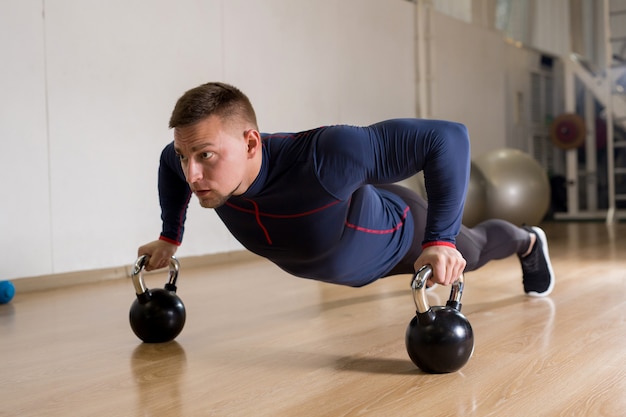
Fitness

Fitness
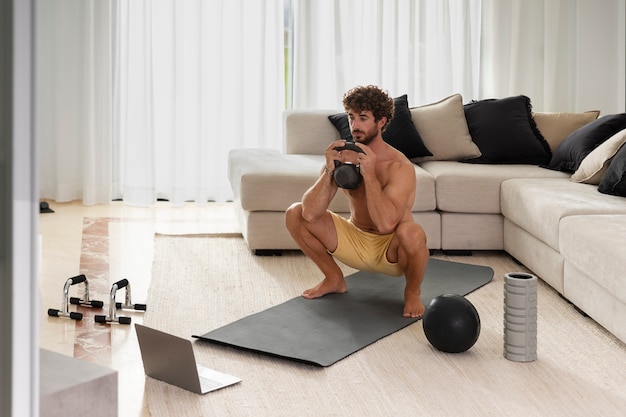
Fitness

Wellness
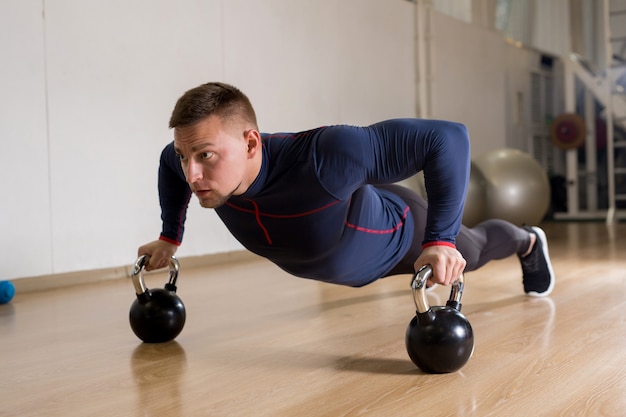
Fitness
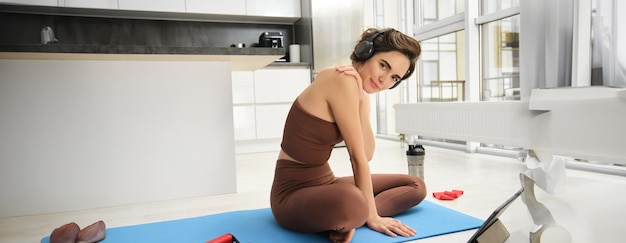
Fitness
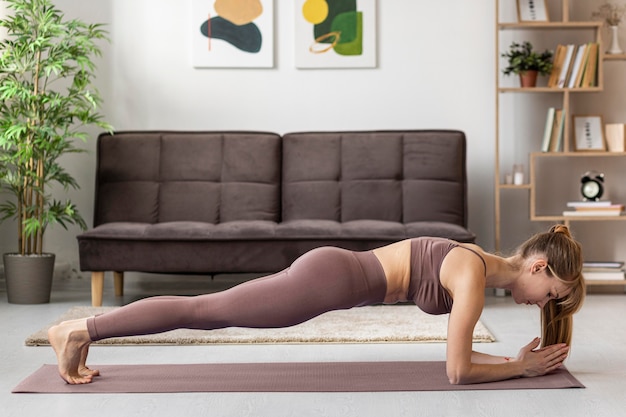
Fitness

Health

Fitness

Health

Health